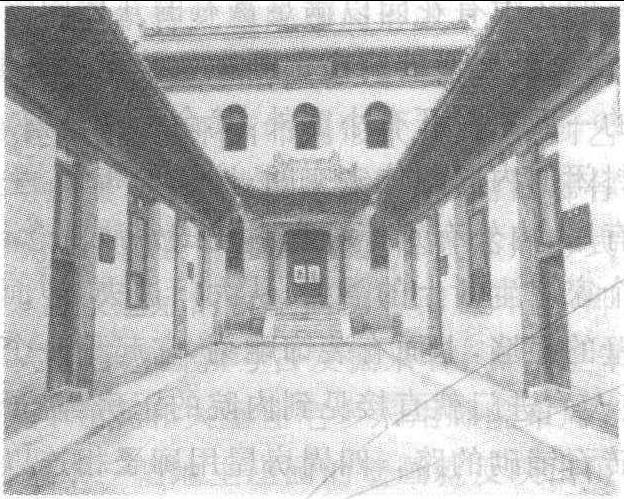山西祁县乔家大院
位于祁县东观镇乔家堡村,是清中期至民国初年显赫全国的富商巨贾住宅。始建于乾隆二十年(1755年)。平面布局是威严高大的城堡式院落,成“囍”字形。大院四周是十多米高的青砖墙,上是女儿墙式的垛口,四隅有耸峙的角楼。占地八千七百二十四点八平方米,共有六个大院,十九个小院,三百一十三间房屋。大门口前设影壁,其上为一幅砖雕百寿图。一进大门为一条石铺甬路,甬路尽头处为一座庙式祠堂,装饰有各种木雕、砖雕。六个院子的门楼造型各异,皆为斗栱重叠,檐牙高啄。

乔家大院一号院
| 词条 | 山西祁县乔家大院 |
| 类别 | 中文百科知识 |
| 释义 | 山西祁县乔家大院位于祁县东观镇乔家堡村,是清中期至民国初年显赫全国的富商巨贾住宅。始建于乾隆二十年(1755年)。平面布局是威严高大的城堡式院落,成“囍”字形。大院四周是十多米高的青砖墙,上是女儿墙式的垛口,四隅有耸峙的角楼。占地八千七百二十四点八平方米,共有六个大院,十九个小院,三百一十三间房屋。大门口前设影壁,其上为一幅砖雕百寿图。一进大门为一条石铺甬路,甬路尽头处为一座庙式祠堂,装饰有各种木雕、砖雕。六个院子的门楼造型各异,皆为斗栱重叠,檐牙高啄。
乔家大院一号院 |
| 随便看 |
开放百科全书收录579518条英语、德语、日语等多语种百科知识,基本涵盖了大多数领域的百科知识,是一部内容自由、开放的电子版国际百科全书。